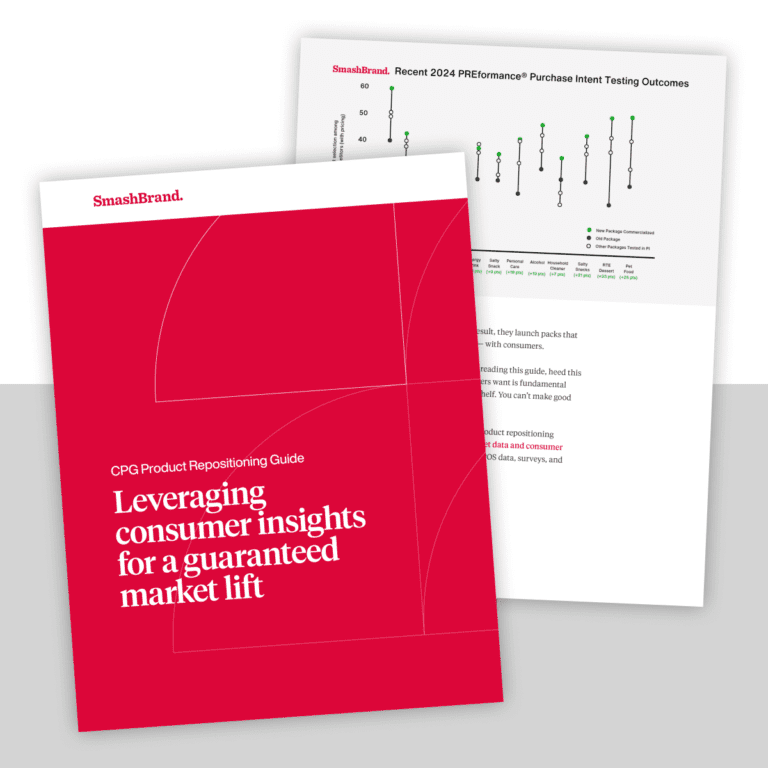Creating a brand is more than picking a cool logo, tagline, and complementary colors for your packaging, website, and marketing touchpoints. Especially as more consumers are viewing brands as entities responsible for ethos and behaviors, you want your brand strategy to communicate vision, goals, culture, and operational behaviors that align with your target audience. To do this, dig deep to understand the driving factors behind your business and what matters most to your customers.
Branding Redefined
The concept of branding has evolved. Once upon a time, it was all about slogans, imagery, and cool marketing campaigns. Nowadays, people are curious about your corporate social responsibility (CSR) and how you improve society rather than profit from it.
Business owners must be thoughtful and intentional with any messaging they release. In short, you need to tell a story. Before you create a marketing campaign, build a cohesive understanding of your business, its goals, and how they can support the values important to your customers.
The Power of Storytelling
Brands aren’t people. But to create an effective brand development strategy, you must treat your business as a living, breathing representation of the market share you want to capture. There must be a natural overlap between the core tenets of your business and the values your target market prioritizes. Identify this sweet spot to discover natural marketing segues to help grow your market share.
This can sound tricky, but who are you trying to appeal to with your business? And why should they pick you over your competitors? For example, if you own an emerging better-for-you deli meat brand, no matter how ethical your sourcing is, you won’t appeal to vegans or vegetarians. Conversely, if you know that a sizable segment of your consumer base will buy only nitrate-free deli meats that are uncured and produced in small batches from independently-owned farms—and this describes your business—then here’s a story to tell!
Understand Your Customer
You need to know your audience before you furiously type backstories and hound reporters for press features. This is called developing psychographics, and it provides a brief overview of your ideal and actual customers and the unique problems you are positioned to solve. Note that having multiple buying psychographics for a brand is completely normal.
For example, you can have die-hard fans who will only shop for your brand because they love it so much. These are brand loyalists. But you might also have a healthy segment of brand-agnostic shoppers more focused on a good deal. They might be customers who return when conditions are optimal (a sale or promotional code) but might not be a segment you can rely on to be brand evangelists who drive more buyers to your business.
And don’t be afraid to create negative buyer personas—individuals who would not be ideal consumers for your brand. Identify this niche so you don’t waste time chasing people who will never convert into customers. Key aspects to consider when building out a buying persona are:
- Demographics: age, marital status, children, and gender
- Household Income: Where within the economic strata do they fall?
- Behavioral preferences: Do they have sensitivities, or will they shop only for all-natural brands/small businesses/ female and/or minority-owned businesses?
- Previous purchases
- Potential competitors that may also occupy similar space
Evoking Emotion to Elicit a Response
In the above deli meat scenario, your branding should highlight the major attributes most relevant to your key buying personas. Your brand shouldn’t focus solely on the products but on the process used to create them since that resonates more with your audience.
Outline how your business relates to your target audience and weave a relatable (and true) backstory. This will give customers a reason to care. Let them know that their money is well spent when they support your business. This will build trust.
To create messaging that resonates, ask yourself a few questions regarding your business and how you believe your customers perceive you. Start with the following questions:
- What problem(s) am I solving?
- Who is the ideal customer?
- Who is my competition?
- Why should customers trust me?
- How do customers feel when they see or hear about my brand?
- What is my brand story?
Put it into Action
Once you’ve identified your brand story’s buyer personas and key facets, consistently release this message throughout all formal communications. This includes press releases or “Who We Are” pages on your website, social media updates, and messages on marketing materials like packaging and brochures.
This ensures you don’t fall into the trap of “course correcting” or pivoting to play catch-up with competitors. When you know your audience and what triggers their spending habits, you can create better, more effective marketing campaigns. While your campaign storyboards might be tweaked slightly to maintain relevance, the core message will remain consistent with what your target audience has come to expect from you.
Brand Strategies Support Accountability
One of the best reasons to develop a well-thought-out CPG brand strategy is that it forces business owners and marketing teams to be accountable. When you know what’s important to your target audience, you have few excuses for deviating from the primary path. Likewise, when you pivot a brand, you can judge how well those changes perform against the previous messaging. This allows you to incorporate successful updates or confirm that the previous messaging is best.
Planning for Success
Building a smart brand strategy that converts casual observers into brand loyalists takes time and intention. This doesn’t happen in a vacuum. You need a clear understanding of your brand and the customer segment you’re leveraging. Learn how to tap into that potential but know that this requires time and experience—which is where SmashBrand can help you excel. Along with designing and printing packaging, we have a full-service branding agency that can bring your brand story to life, identify buyer psychographics, and competitive white space, and create a brand that sells itself.
Subscribe to
Nice Package.
SmashBrand’s Nice Package: Stay current with our latest insights
Free Resource.

CPG product repositioning guide.
Explore the five undeniable signs your CPG product needs repositioning along with strategies for leveraging consumer insights for a guaranteed market lift.
Download Whitepaper About CPG product repositioning guide.